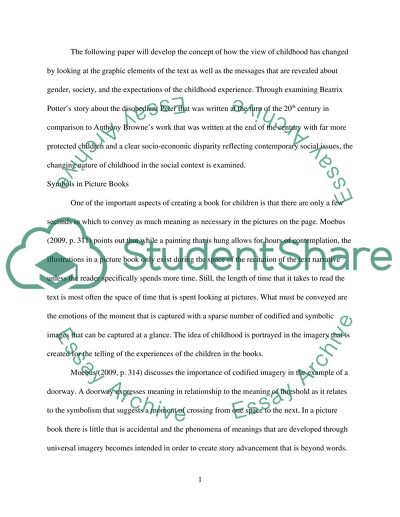Cite this document
(“History of illustration in childrens literature Essay”, n.d.)
Retrieved from https://studentshare.org/literature/1469559-history-of-illustration-in-childrens-literature
Retrieved from https://studentshare.org/literature/1469559-history-of-illustration-in-childrens-literature
(History of Illustration in Childrens Literature Essay)
https://studentshare.org/literature/1469559-history-of-illustration-in-childrens-literature.
https://studentshare.org/literature/1469559-history-of-illustration-in-childrens-literature.
“History of Illustration in Childrens Literature Essay”, n.d. https://studentshare.org/literature/1469559-history-of-illustration-in-childrens-literature.


